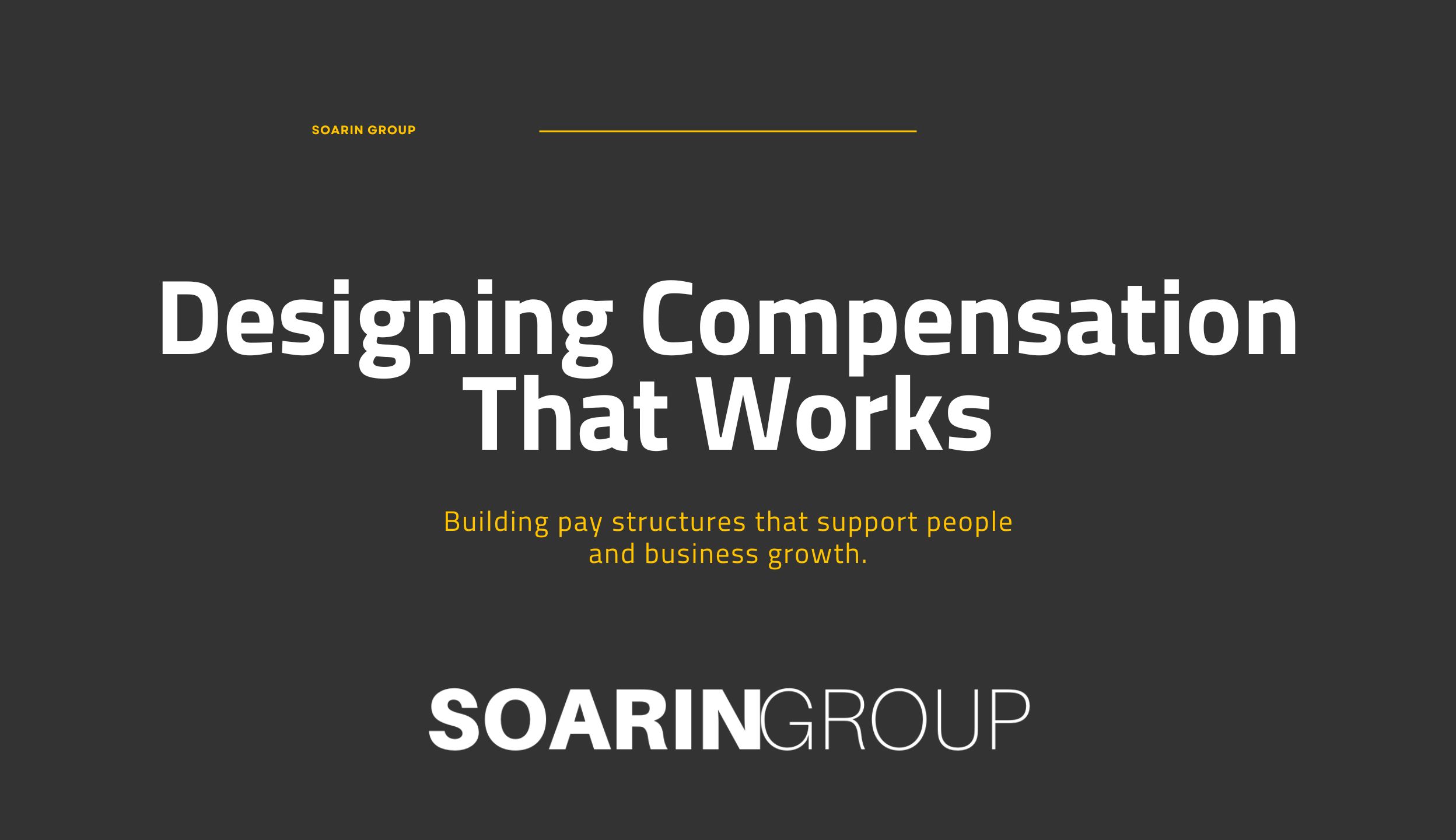
Designing Fair and Competitive Compensation Plans: A Guide for Growing Businesses
How HR Can Design Fair and Competitive Compensation Plans
A strong compensation plan does more than determine what employees earn, it shapes culture, retention, trust, and long-term business growth. When pay is fair, transparent, and aligned with market standards, employees feel respected, valued, and motivated to perform at their best.
Designing a compensation plan isn’t just an HR task. It’s a strategic business decision. Here’s how HR creates plans that attract great talent and support a healthy, engaged workforce.
1. Start With Market Research
Competitive compensation begins with understanding the market. HR reviews industry benchmarks, geographic differences, and role-specific salary data to determine what similar organizations are offering.
This ensures your pay structure stays competitive and appealing to top candidates, without overextending your budget.
2. Build Pay Structures That Make Sense
A good compensation plan includes consistent pay ranges for each role or job level. Clear structures help businesses:
Maintain fairness
Prevent pay inequalities
Support predictable growth paths
Keep salaries aligned as roles evolve
Consistency builds trust, and trust strengthens culture.
3. Clarify What “Fair” Looks Like
Fair pay isn’t always about matching competitors, it’s about making pay decisions based on skill, experience, performance, and job requirements, not guesswork.
HR creates guidelines that ensure pay adjustments and raises follow the same clear standards across the business.
4. Include More Than Just Salary
Compensation isn’t only about base pay. HR helps build a total rewards approach that includes:
Benefits
PTO
Professional development
Bonuses or incentive programs
Flexible work options
Wellness support
These add tremendous value and can be the deciding factor for retention.
5. Keep Communication Transparent
Even a great plan falls flat if employees don’t understand it.
HR ensures the compensation structure is explained clearly, how pay ranges work, what influences raises, and how career progression ties into compensation. Transparency builds confidence, clarity, and engagement.
6. Review and Adjust Regularly
The market changes, roles evolve, and business needs shift.
HR reviews compensation plans annually to keep them competitive, sustainable, and aligned with current goals.
Proactive updates prevent pay compression, turnover risks, and widening gaps.
The Soarin Group Difference
At Soarin Group, we help businesses design compensation plans that aren’t just competitive, they’re fair, strategic, and built to support long-term growth.
We combine market data, HR expertise, and your business goals to create pay practices that strengthen trust, attract great talent, and keep your team engaged.
Because when compensation is done right, your people feel valued — and your business thrives.
